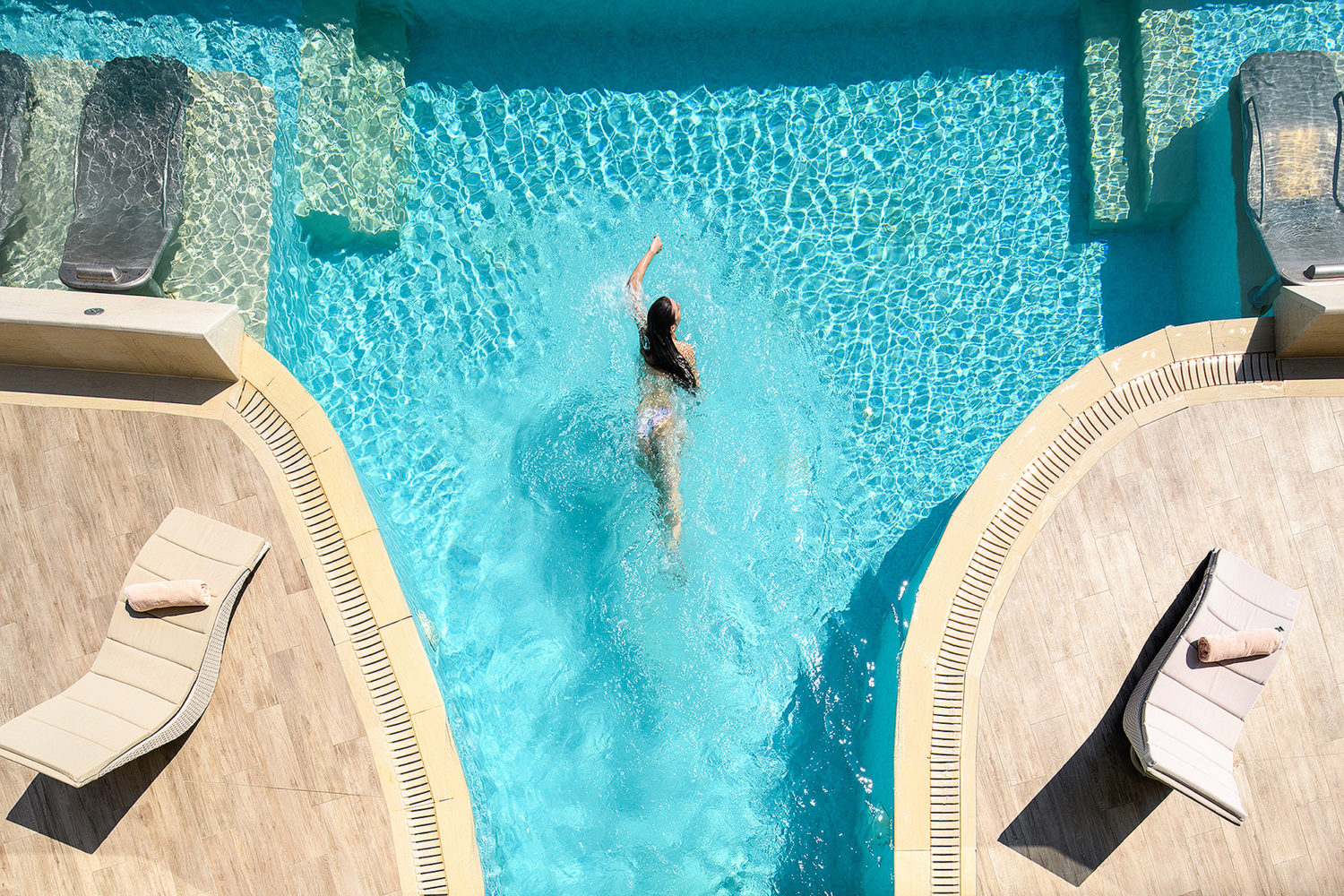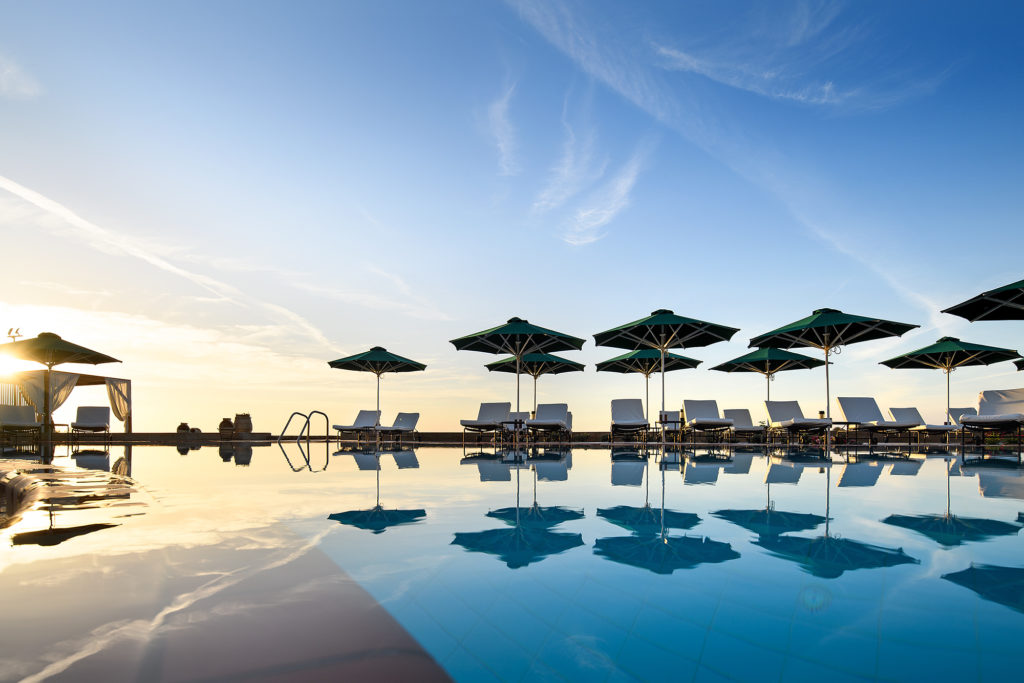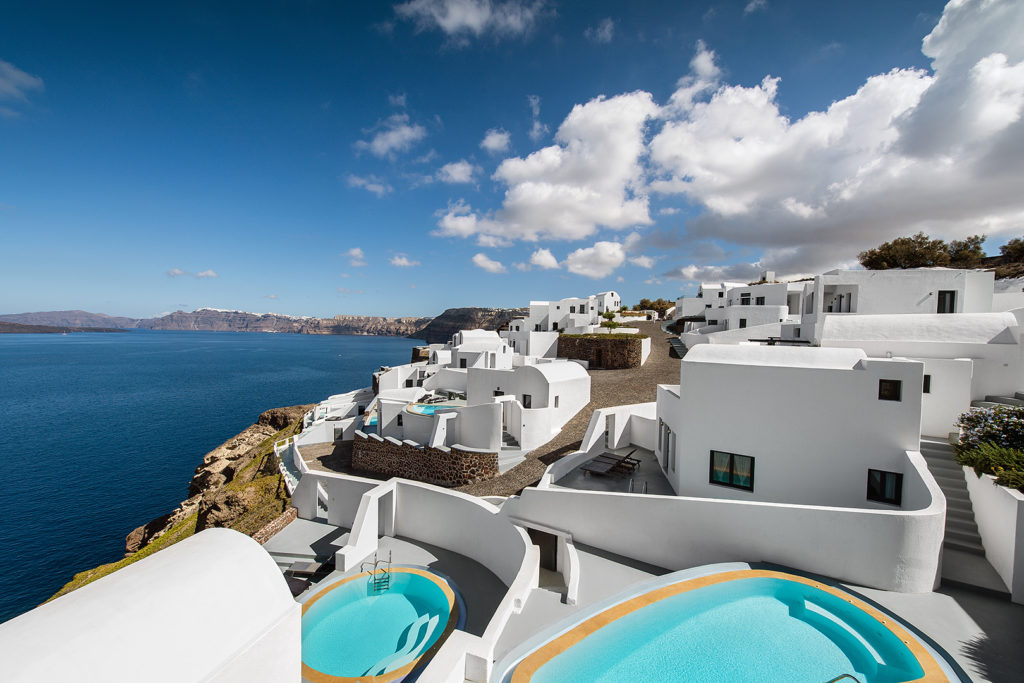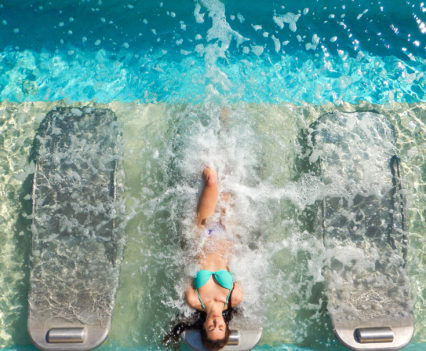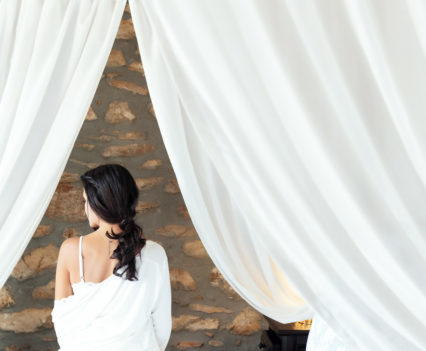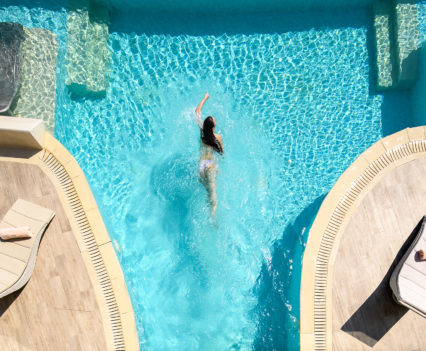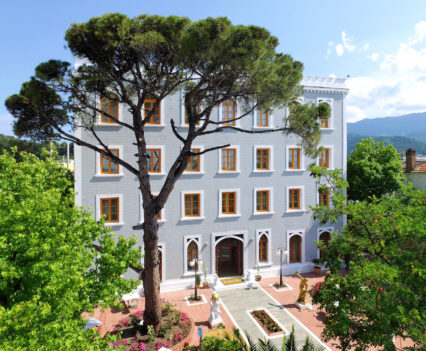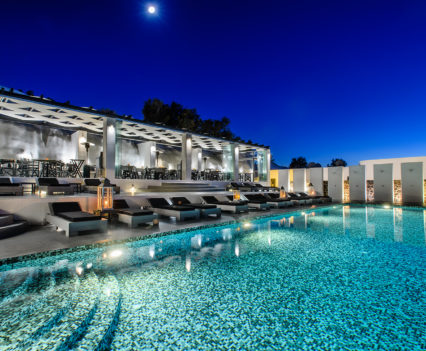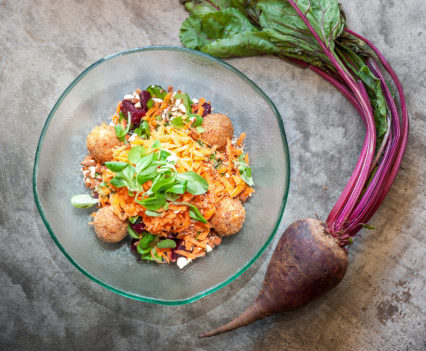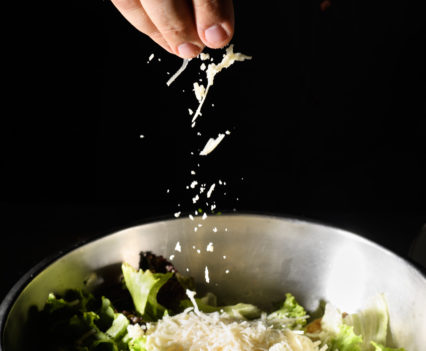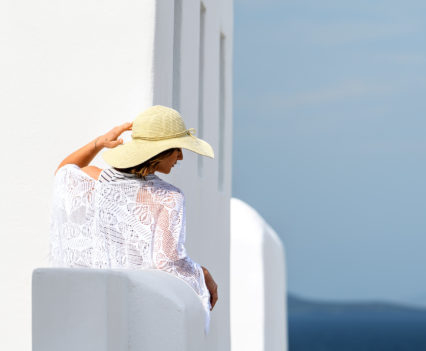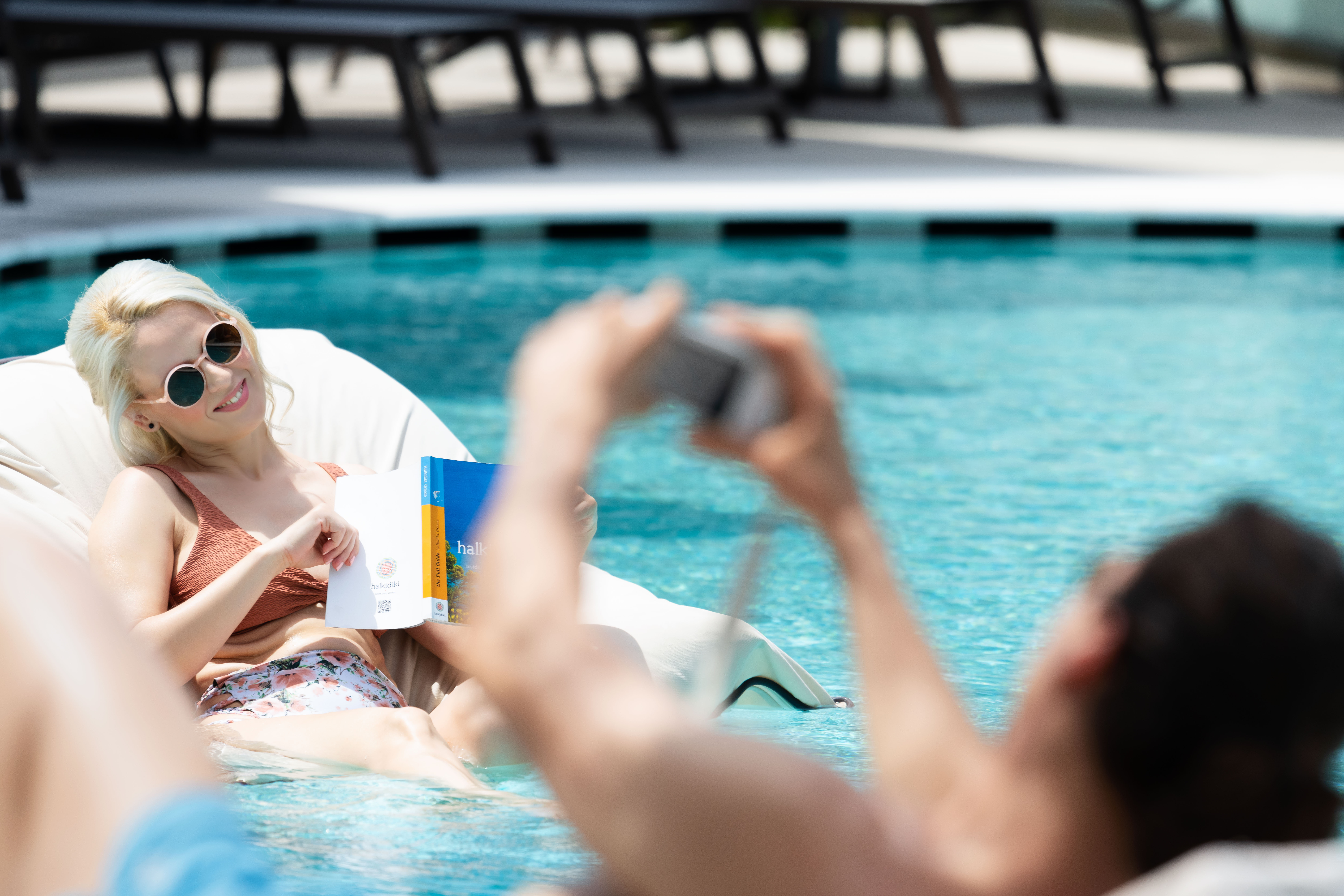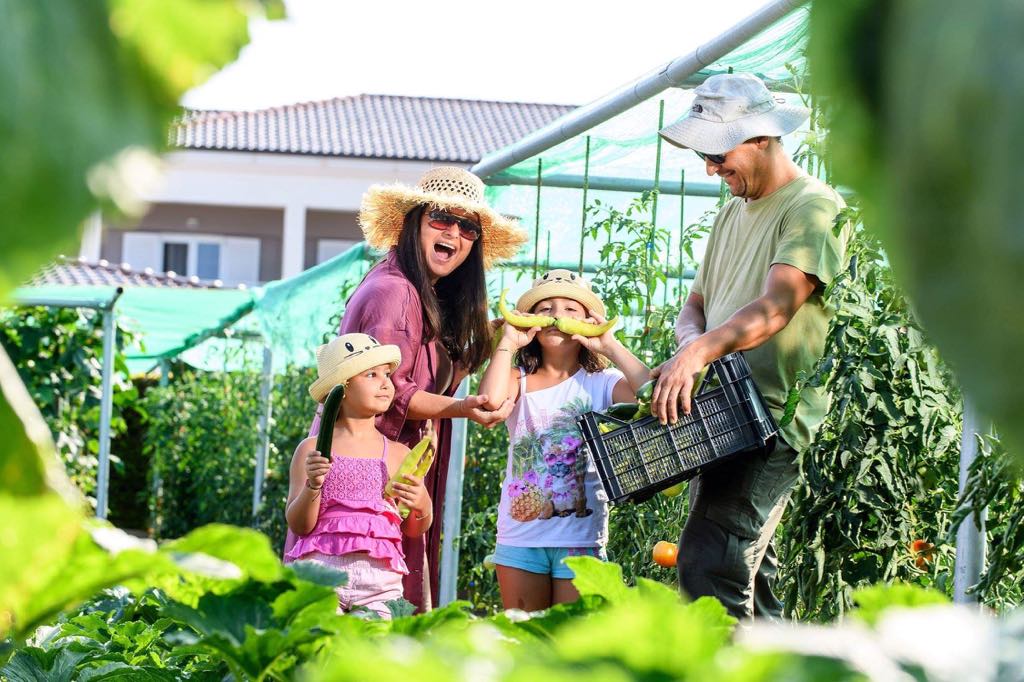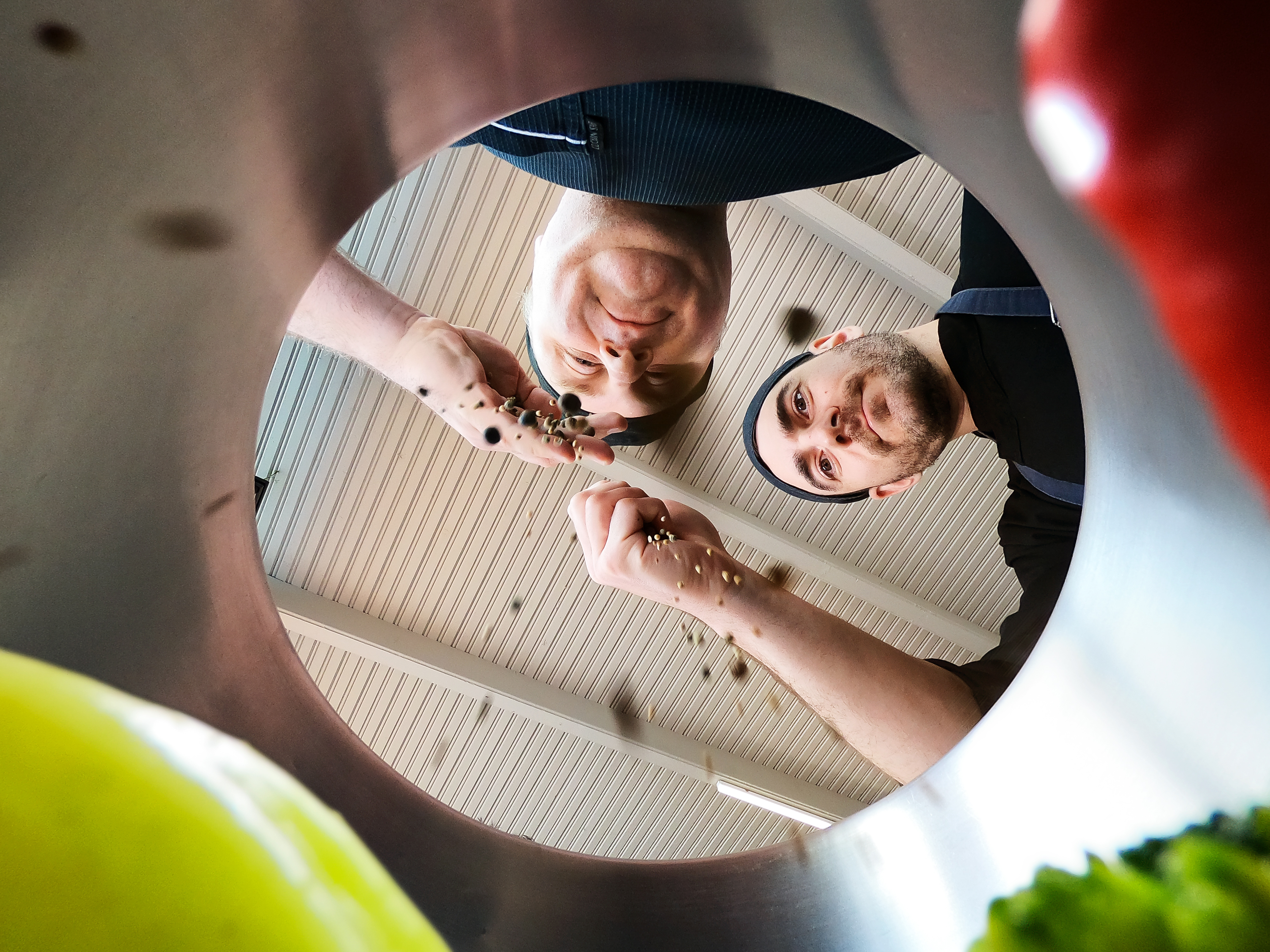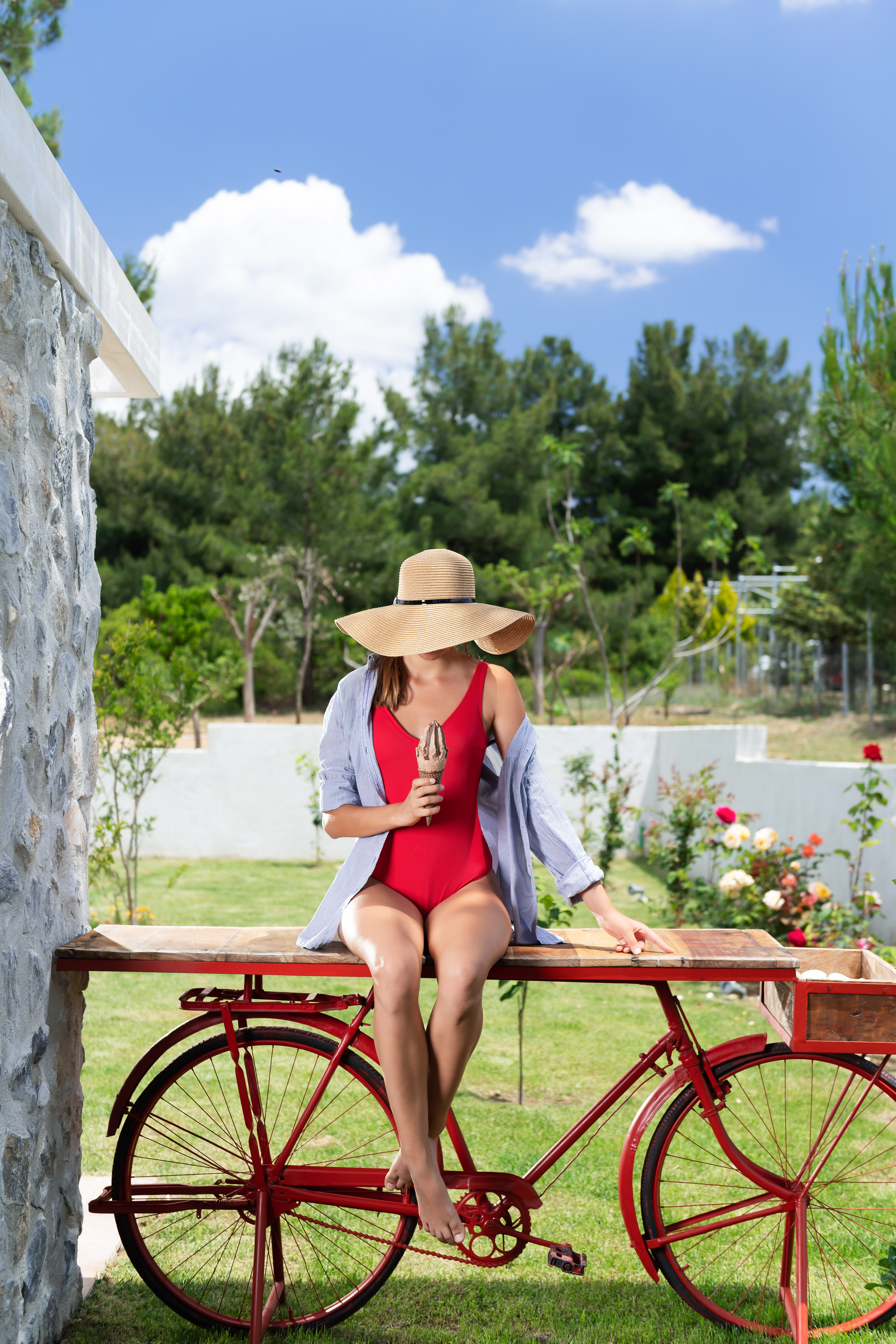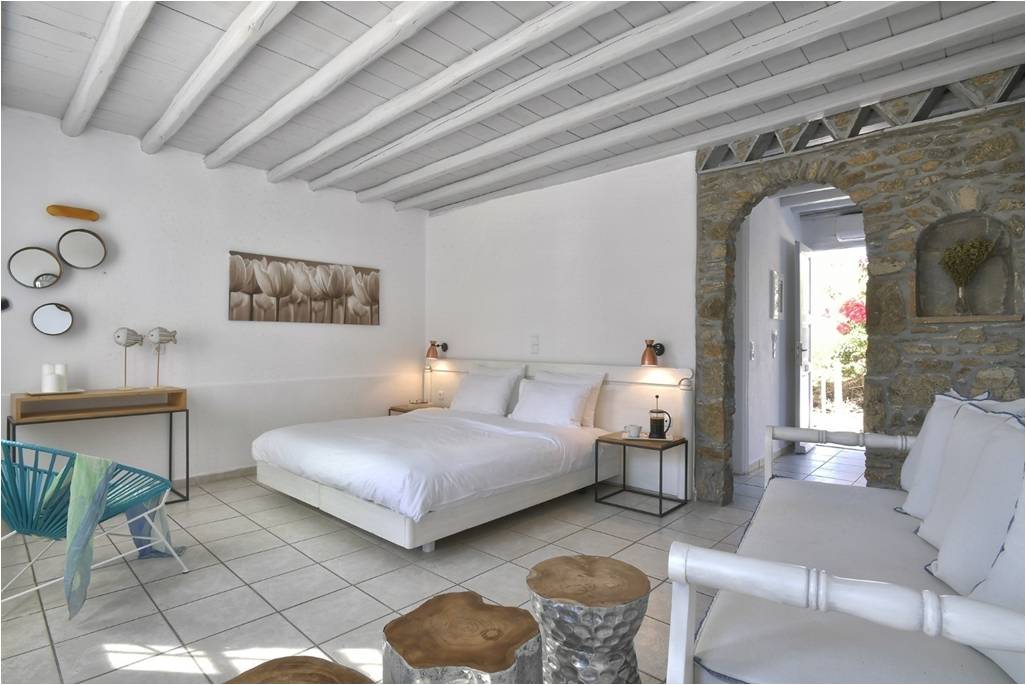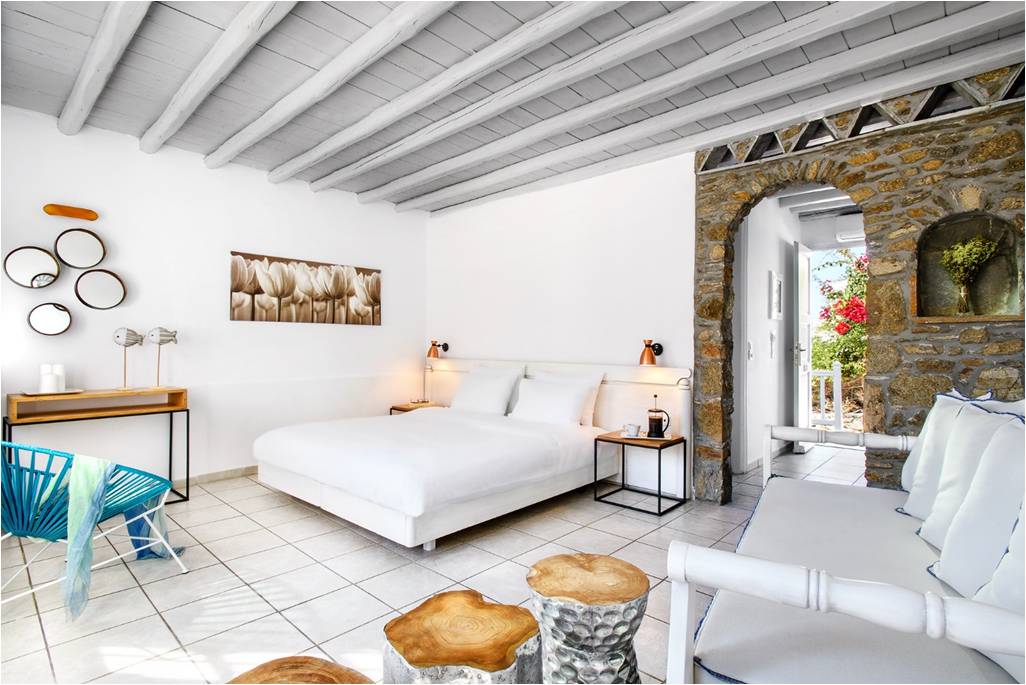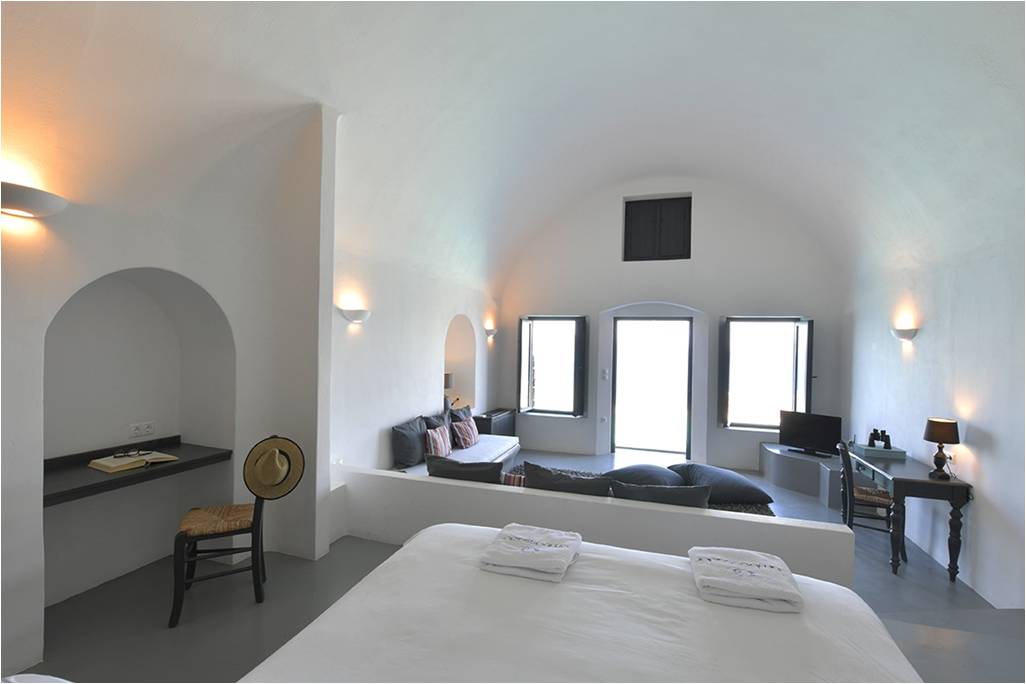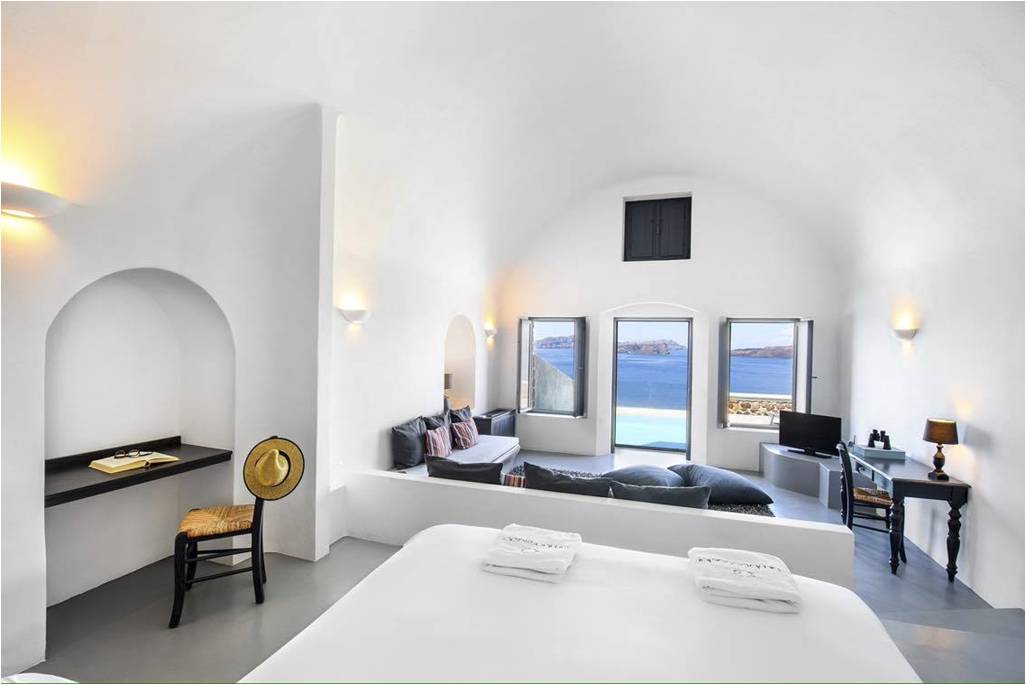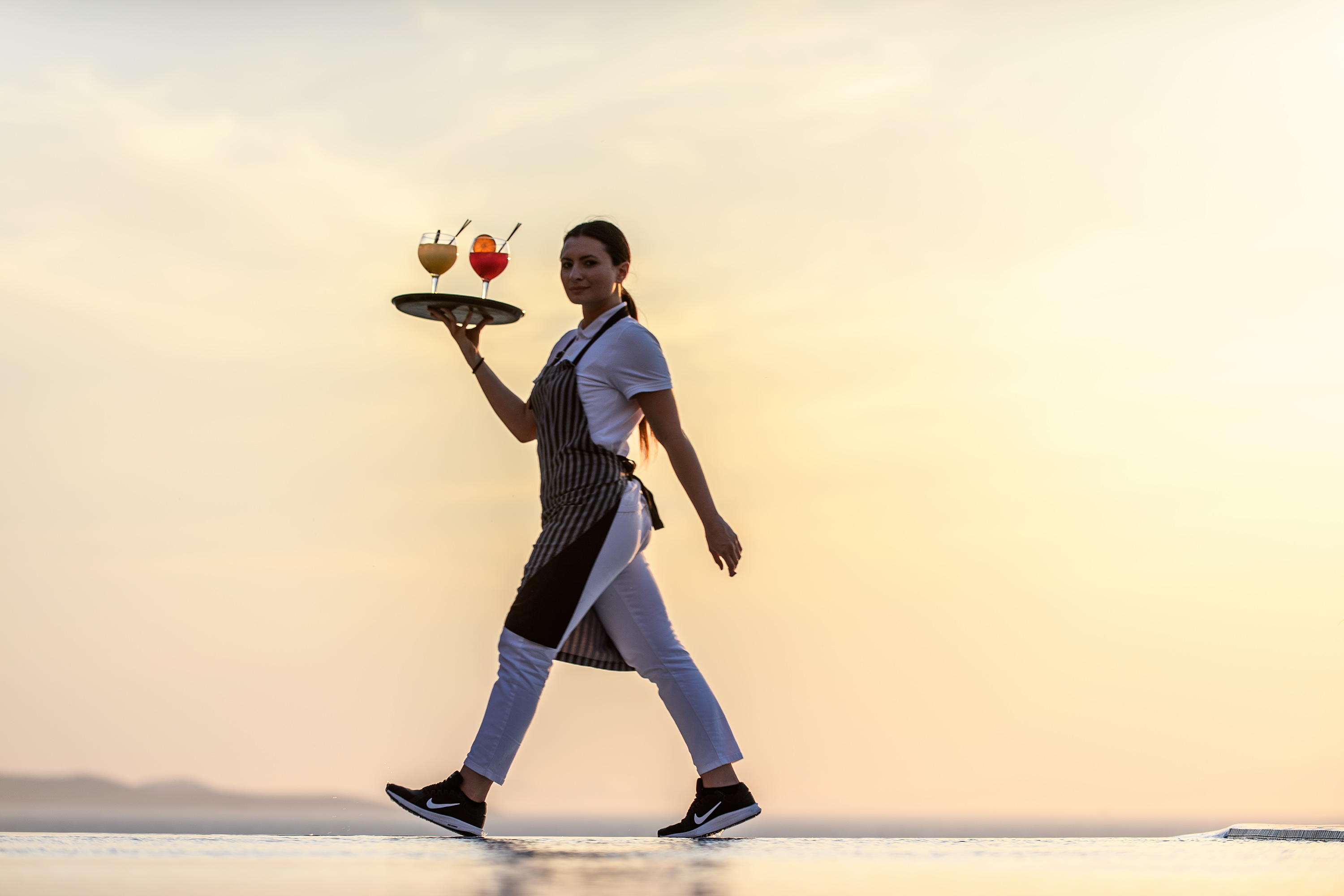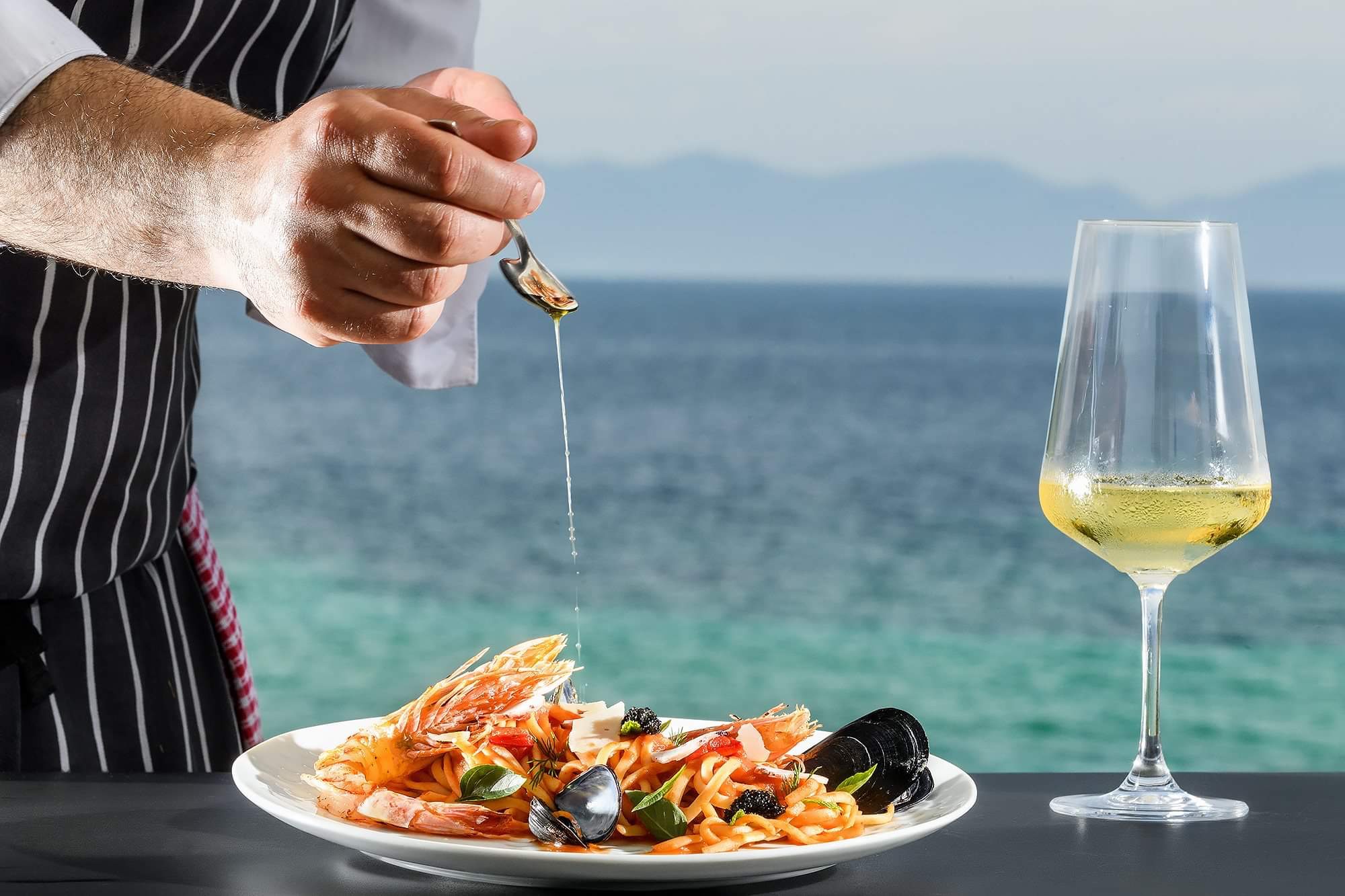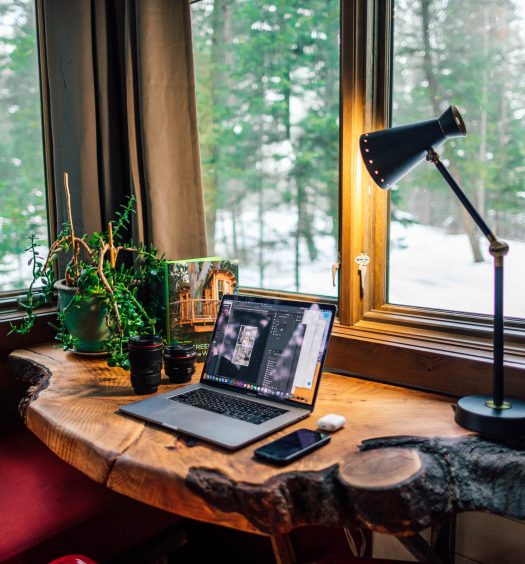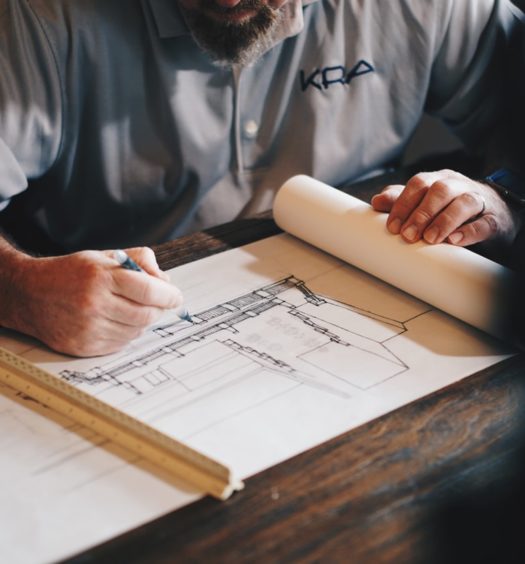Useful guidelines and smart tips to help you plan the most efficient hotel photoshoot that will deliver the best results for your property
8 mins readOne of the most powerful aspects of hotel marketing is based on the power of image and its main aim is to attract more and more visitors within a specific period. For this reason, it is important to invest in hotel’s official photoshoot — something that most hoteliers neglect to include in their initial budgeting.
In this article, you will find useful advice and guidelines regarding the workflow you need to follow to achieve the best photoshoot results for your hotel. You will also find smart tips that will make the difference in your hotel’s visual promotion and help you stand out from the competition.
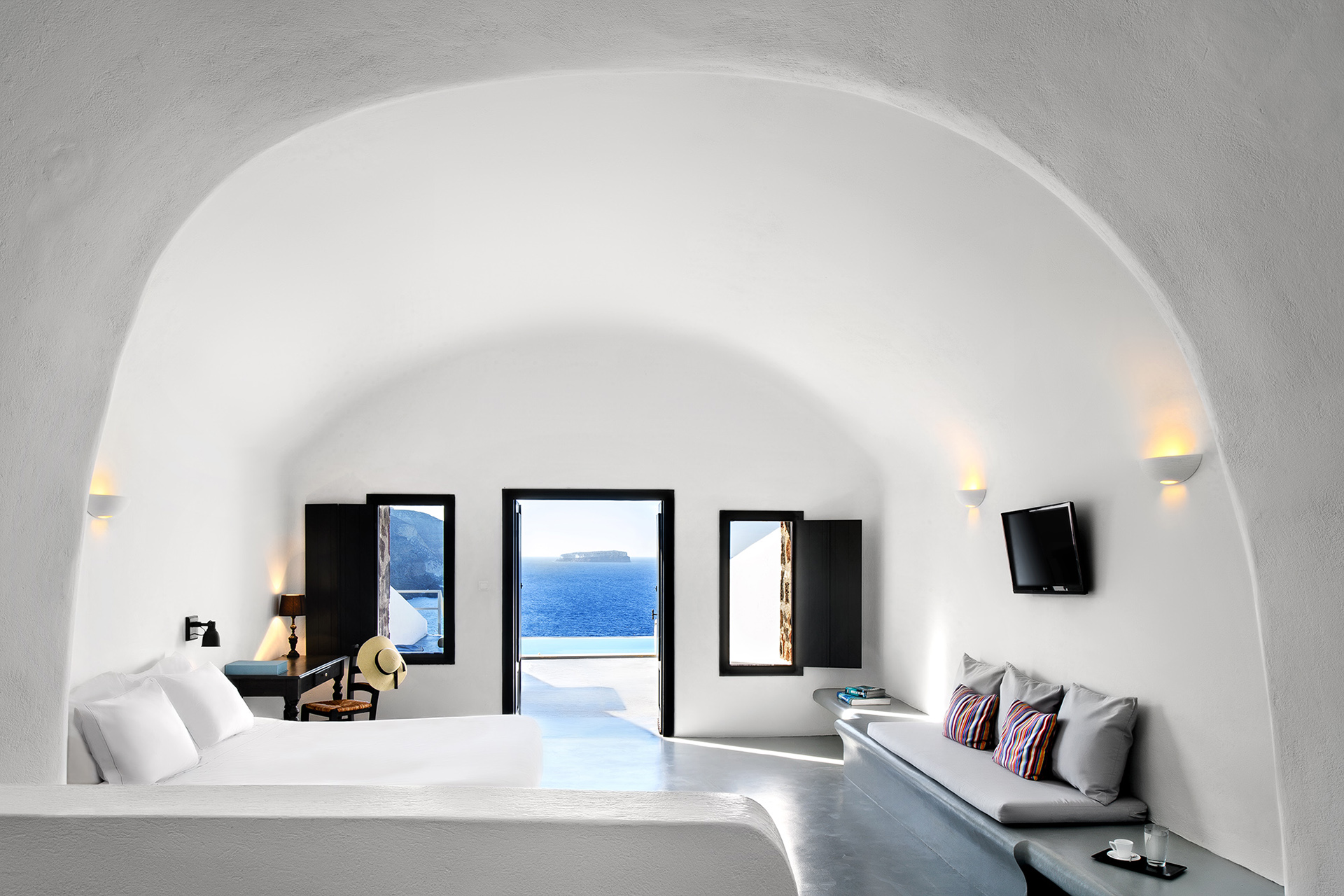
AMBASSADOR – SANTORINI ISLAND
How can a photoshoot increase your bookings and, evidently, your hotel’s total revenue?
The final photos of your hotel must be linked and identify its concept, design and architectural design. At the same time, they should reflect the hotel’s ambience and trigger emotions that your potential guests will experience. Your guests are no longer simple hotel guests, but visitors who are looking for unique, personalized and authentic experiences during their stay that can only live in your hotel.
Full-Featured and detailed planning helps the photographer understand your hotel’s sales and promotional needs in order to capture and present all the essential shots that will serve your specific purpose. In this way, you will ensure the creation of a complete and fully usable material for the hotelier.
In addition, the photographer should highlight the hotel’s design, concept and decoration without interfering with the setting or the lighting. It should make the best use of both natural lighting (sunlight) and artificial lighting (lighting fixtures). All the final images that your photographer will eventually create should showcase all the elements that make up the individuality and uniqueness of the spaces, and which highlight the overall atmosphere of the accommodation.
Pay close attention to your hotel’s Selling Points’ promotion. They can be used to set up powerful theatrical scenes that will help you capture the most attractive images, which will increase your sales.
*Sponsored
Present your Hotel in Hotelier Academy!
Do you want to highlight your property’s unique character? Do you want the global hospitality industry to talk about your hotel? Contact Hotelier Academy and ask our experts to write a dedicated Hotel Story for your hotel, based on your most recognizable and strong USPs.
Contact our Experts‣‣ Click here to read all the Hotel Stories!
1. Planning: What to have in mind before starting your hotel’s photoshoot
Regardless of how experienced and talented your photographer is, the following actions should always precede the photoshoot:
- Arrange a meeting with the photographer and the hotel’s marketing department, as well as with Concept makers, Creative Agents/Advertising Company, Graphic Designer, Web Designer, Stylist etc., in which you will discuss and decide the photoshoot concept of the rooms and public areas. You must also analyze the experience on the terms of what the visitors should expect from your hotel and what they will live there.
- Arrange a meeting with the photographer and the hotel’s Chef, Maitre, Housekeeping Manager, Maintenance etc.
- Male a preliminary study and set of captures that will help you decide the spots that will finally bring the desired results.
- Write down a list of the necessary shots and define their priority queue.
- Choose the required models as well as the objects/decorations that will be used during the photoshoot
- Prepare all the necessary details in the rooms and the public areas
- Prepare the arrangement of the surrounding space, indoors and outdoors, where the shots will be taken.
- Choose and prepare the staff that will be used in shots capturing personalized services.
- Highlight your gastronomy and all the related amenities through specific dishes and dining locations.
The chosen photographer should have great expertise in hotels and, of course, be able to approach the desired style that is needed to properly showcase the hotel and the whole experience within it. Therefore, before making your final choice for a photographer, do not forget to study their previous work, in order to ensure that they meet all the above parameters.
2. Storytelling: The importance of the story in capturing and promoting the unique experiences that travellers will live at your hotel
Your hotel bookings are significantly supported by your photo material, therefore your pictures should show authentic, experiential, unique, and enjoyable experiences. Ultimately, these photos “connect” your guest with the hotel’s ambience and atmosphere and create an emotional commitment. After all, the whole concept of storytelling is inextricably linked to the study and design of theatrical scenes.
In order to achieve the appropriate photo concept, the most storytelling shots, as well as the scenery that will help you present your hotel, you will need the support of a professional Prop Stylist, who nowadays plays a major role in the hotel photoshoot process. The styling of the spaces, the experience and the lifestyle with the use of models should be always done in a reasonable level, in order to highlight the images we want to promote without giving the feeling of excessiveness or seem unrealistic. The result should focus on highlighting the details of the rooms and the other hotel spaces, as well as the property’s amenities (products, facilities, views, etc). In other words, you should avoid taking over-stylized shots, as well as presenting elements and experiences that the hotel is not able to provide to its guests.
Use actors instead of models! They express their emotions in a better way, they know how to work harmoniously with photographers, and the give the impression of the next-door man with whom your guests can relate. It would be better to avoid involving friends, family members, and clients in the photoshoot.
3. Editing: Your hotel’s Analogue and Digital presence; what to have in mind when digitalizing your photos
- The analogue personality is the reality itself. It can’t be easily modified unless there are major changes such as renovations, additions, and upgrades of infrastructures or services.
- The digital personality is the image you can show either offline (papers, catalogues, etc.) or online (website, OTAs, etc.). It is a reflection and a ‘digital copy’ of your analogue personality.
- Unlike analogue, the digital world has the advantage of being easily edited, making the final result even better (or worse).
- Digital photo editing can enhance the final result from 100% to 110%. Up to this point, editing is considered acceptable. Over 110%, it can be characterized as extreme and not recommended.
Digital editing is an important process and determines the level of photography quality to a great extent. It is similar to video editing. So, it should be done by an experienced professional editor.
More tips & advice
- Try to maintain consistency in your photo material. Use images from the same photoshoot in all channels, choosing shots based on the target group and features of each one (website, OTAs, Social Media, blog, etc.)
- Focus on representative, targeted and signature images, highlighting the hotel’s facilities and services based on the user/recipient of the material.
- Make sure that your B2B partners can easily access your photo material
- Prefer a few but quality images. For example, for a medium-scale hotel, 20-30 photos are considered enough. If you have more, you risk of tiring your audience and eventually repeating yourself. Exaggeration does not benefit. It wears down your image.
Conclusion
The key to a successful photoshoot is to stimulate the visitors’ senses and create an emotional commitment that will likely turn into a booking. Through your hotel’s photo material, the travellers manage to imagine themselves inside your hotel and get a first impression of the experience they are about to live during their stay.

